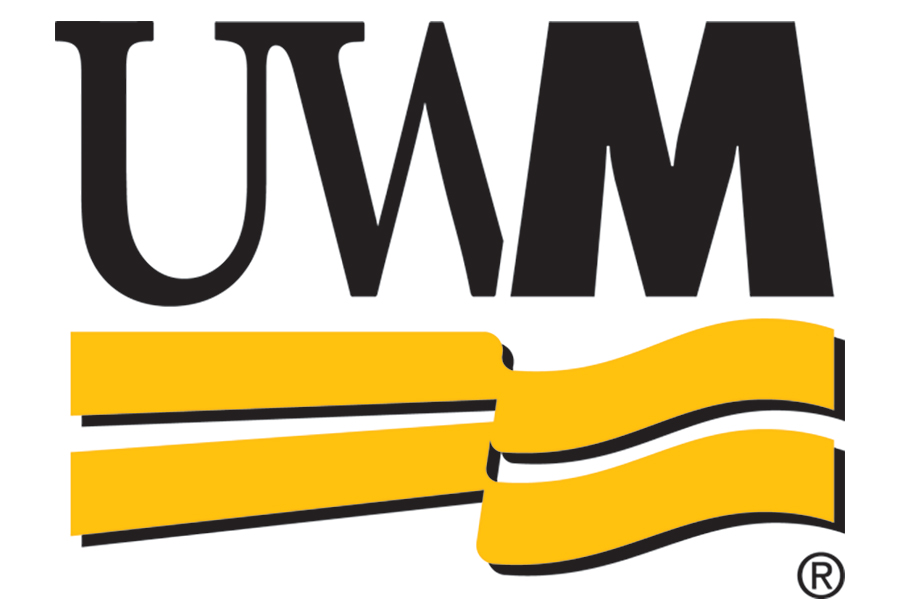Study Finds Link Between Childhood Exposure to Lead and Firearm Violence
The link was so strong that about half of gun violence perpetration and victimization was attributable to blood lead levels ? 5 µg/dL (the current reference level for elevated lead).
A new study from the University of Wisconsin-Milwaukee shows a link between childhood exposure to lead and later gun violence. These results suggest even greater urgency to tackling childhood lead exposure and addressing the environmental injustice of vulnerable children experiencing a toxic exposure that they cannot control.
“This is the first study to look specifically at the link between childhood lead exposure and gun violence,” said Lindsay Emer, the primary author. “Effective lead exposure prevention strategies already exist, and we know that there is no safe level of lead. This research provides further urgency to fully support these efforts with the resources that are needed.”
Researchers found that as childhood blood lead levels increased, the risk for becoming a perpetrator or victim of gun violence increased, even after controlling for temporal trends, gender, race and neighborhood socioeconomic status.
The link was so strong that about half of gun violence perpetration and victimization was attributable to blood lead levels ? 5 µg/dL (the current reference level for elevated lead). That means that in Milwaukee, during a period of high lead exposures, childhood blood lead levels may have substantially contributed to adult gun violence, although the study was not able to definitively prove cause and effect.
The findings are bolstered by known links between lead exposure and the brain, especially through impairing future decision-making and increasing impulsiveness, traits that may influence criminal behavior.
The study will be published in Environmental Research and can be found online. A pre-proof of the article can be downloaded here.
About UWM
Recognized as one of the nation’s 131 top research universities, UW-Milwaukee provides a world-class education to 27,500 students from 91 countries on a budget of $689 million. Its 15 schools and colleges include Wisconsin’s only schools of architecture, freshwater sciences and public health, and it is a leading educator of nurses and teachers. UW-Milwaukee partners with leading companies to conduct joint research, offer student internships and serve as an economic engine for southeastern Wisconsin. The Princeton Review named UW-Milwaukee a 2020 “Best Midwestern” university based on overall academic excellence and student reviews.
NOTE: This press release was submitted to Urban Milwaukee and was not written by an Urban Milwaukee writer. While it is believed to be reliable, Urban Milwaukee does not guarantee its accuracy or completeness.
More about the Lead Crisis
- Gov. Evers Approves Bill to Support Lead Service Line Replacement in Superior - Gov. Tony Evers - Jul 1st, 2025
- MPS’s Westside Academy Cleared of Lead Risks After Stabilization Work - Milwaukee Public Schools - Jul 1st, 2025
- MPS Plans Lead Remediation at 40 Schools This Summer - Evan Casey - Jun 27th, 2025
- Baldwin, Reed Demand Written Answers from RFK, Jr. on Firings of Childhood Lead Poisoning Experts at CDC - U.S. Sen. Tammy Baldwin - Jun 11th, 2025
- MPS’s LaFollette School Cleared of Lead Risks After Stabilization Work - Milwaukee Public Schools - Jun 11th, 2025
- Sen. Baldwin Hears From Parents About MPS Lead Crisis, Chides RFK Jr. - Evan Casey - Jun 9th, 2025
- Reps. Margaret Arney and Darrin Madison Urge Joint Finance Committee to Reinstate Essential Lead Abatement Funding - State Rep. Margaret Arney - Jun 5th, 2025
- Gov. Evers, DHS Continue Administration’s Efforts to Combat Lead Poisoning Statewide with Permanent Rule - Gov. Tony Evers - May 27th, 2025
- RFK Jr. Claims ‘Team’ Is In Milwaukee Helping With Lead Crisis, Health Department Can’t Find Them - Nick Rommel - May 22nd, 2025
- MPS Announces Starms Early Childhood Center Is Cleared of Lead Dangers - Milwaukee Public Schools - May 21st, 2025
Read more about Lead Crisis here






















